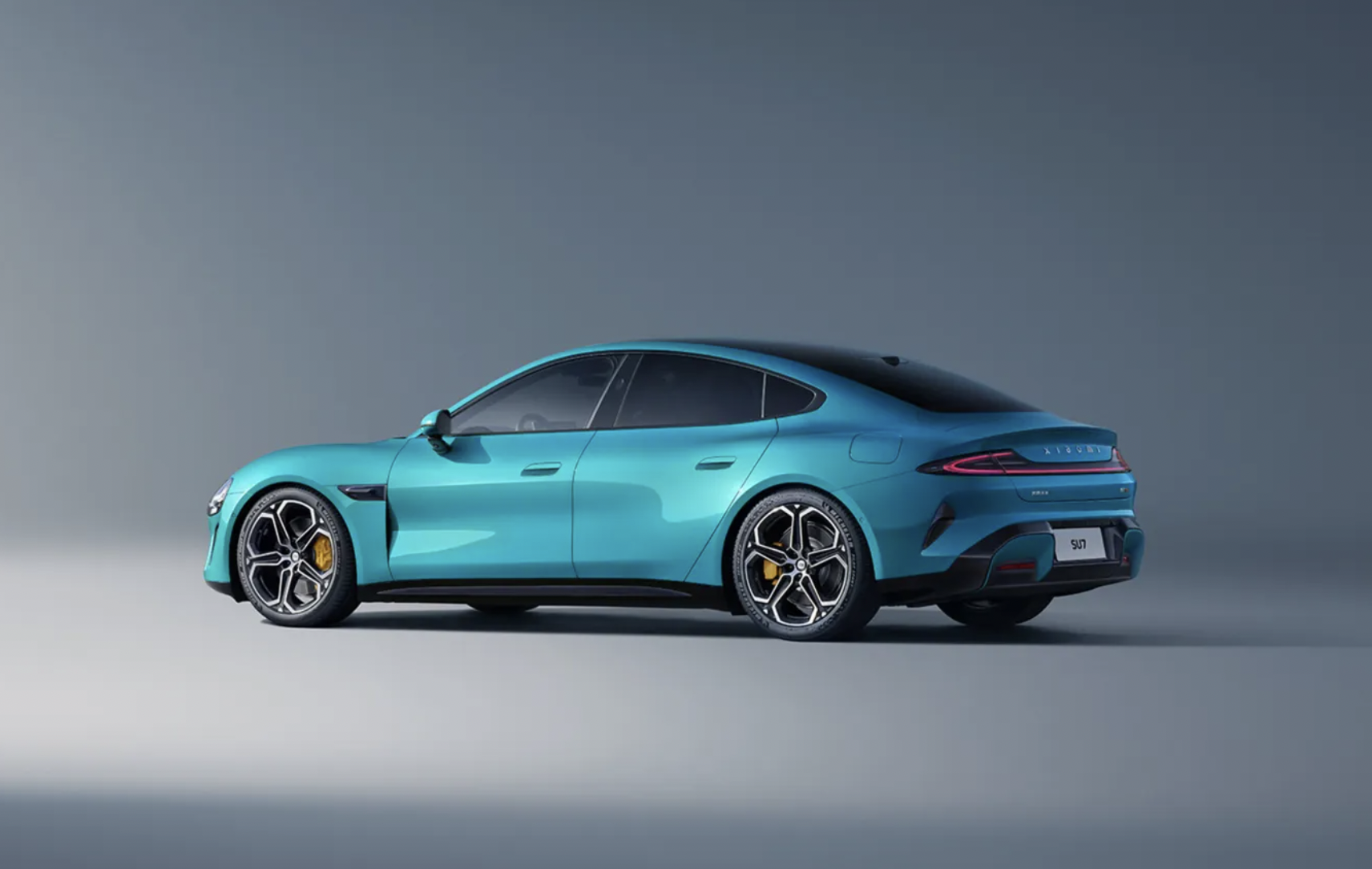Chinese smartphone giant Xiaomi has unveiled its first electric car, the SU7, a sleek-looking sedan.
Its launch in China is expected next year and marks another entrant into the increasingly crowded electric vehicle market. It’s another attempt to connect the technology people see on their phones with what’s happening in their car in a world without software.
Xiaomi may fail. That’s because the car will run on Xiaomi’s “HyperOS” – a new architecture the company has been working on for over six years to power everything from phones, smart home systems and cars. Considered quite dynamic. The goal is to have a more seamless experience with your apps and preferences wherever you are.
This is in no sense a new idea. The founder of Faraday Future made the same point many years ago when promoting his original electric vehicle project in China, which was then part of his technology group.
This attempt failed, but there have been many different attempts over the years to get closer to a world where the software in your car is like the phone in your pocket. Apple’s CarPlay and Google’s Android Auto are quite literal versions, mirroring your phone’s software on your car’s screen. Google has also developed a version of Android that can run the entire car infotainment system and has partnered with several car manufacturers. Apple is doing something similar, although further afield, and announced its first two customers last week.
But efforts to bring everything home get complicated. Apple spent years working on the car design, but repeatedly lost focus. Volkswagen tried to build its own powerful car software team, but struggled. Tesla has developed reliable car software for its vehicles, although it has resisted CarPlay and Android Auto in favor of retaining control on its own screen.
Xiaomi stands out again. Due to the rapid development (and falling costs) of EV technology as the mainstream EV supply chain spreads across China, deep-pocketed companies like Xiaomi may now be trying to build an EV-ready car. . vehicle Yes For its software. Of course, this is not the only case, as Huawei is also supporting its own electric vehicle startup in China. But this is Xiaomi’s most fully integrated effort yet.
As far as features go, they look impressive on paper. The company claims that on a full charge the range will be less than 800 km or 500 miles, although this is for the Chinese pink test cycle. This applies to the top-shelf model, built on the basis of a 101 kWh battery from the Chinese giant CATL. The basic model with a capacity of only 73.6 kWh is said to be able to travel nearly 668 km on one charge. They charge quickly (220 km in five minutes) and quickly (0-100 km/h in just 2.78 seconds). The price will come later.
Still, the biggest challenge facing Xiaomi will be the same as any emerging carmaker: designing and building cars to a level that is reliable and safe is a difficult task, regardless of the technology on which it is based. With this in mind, the solution seems to be to make the in-car experience more fluid.
